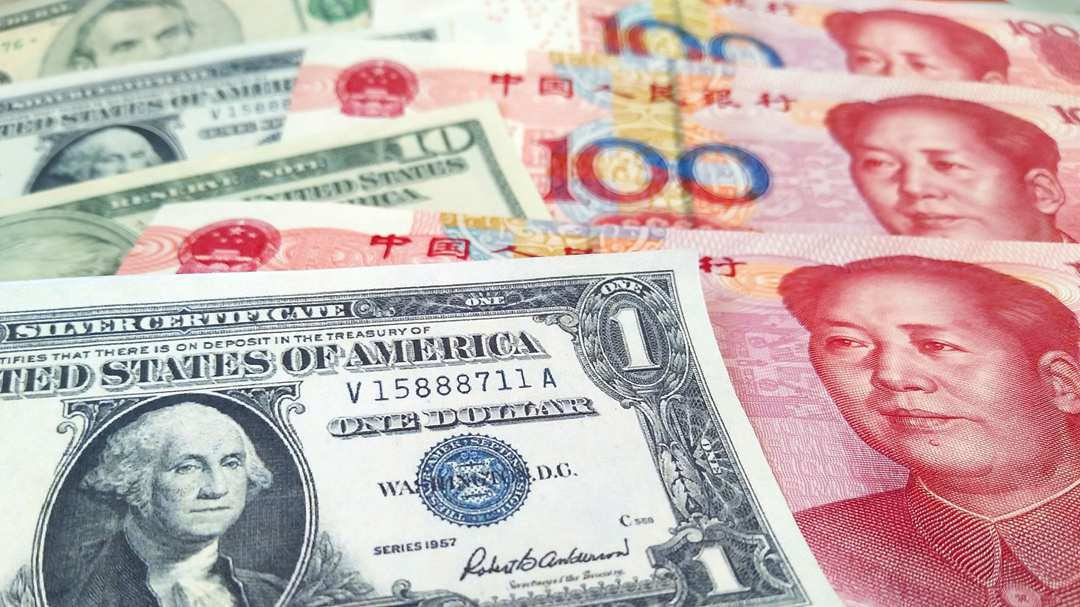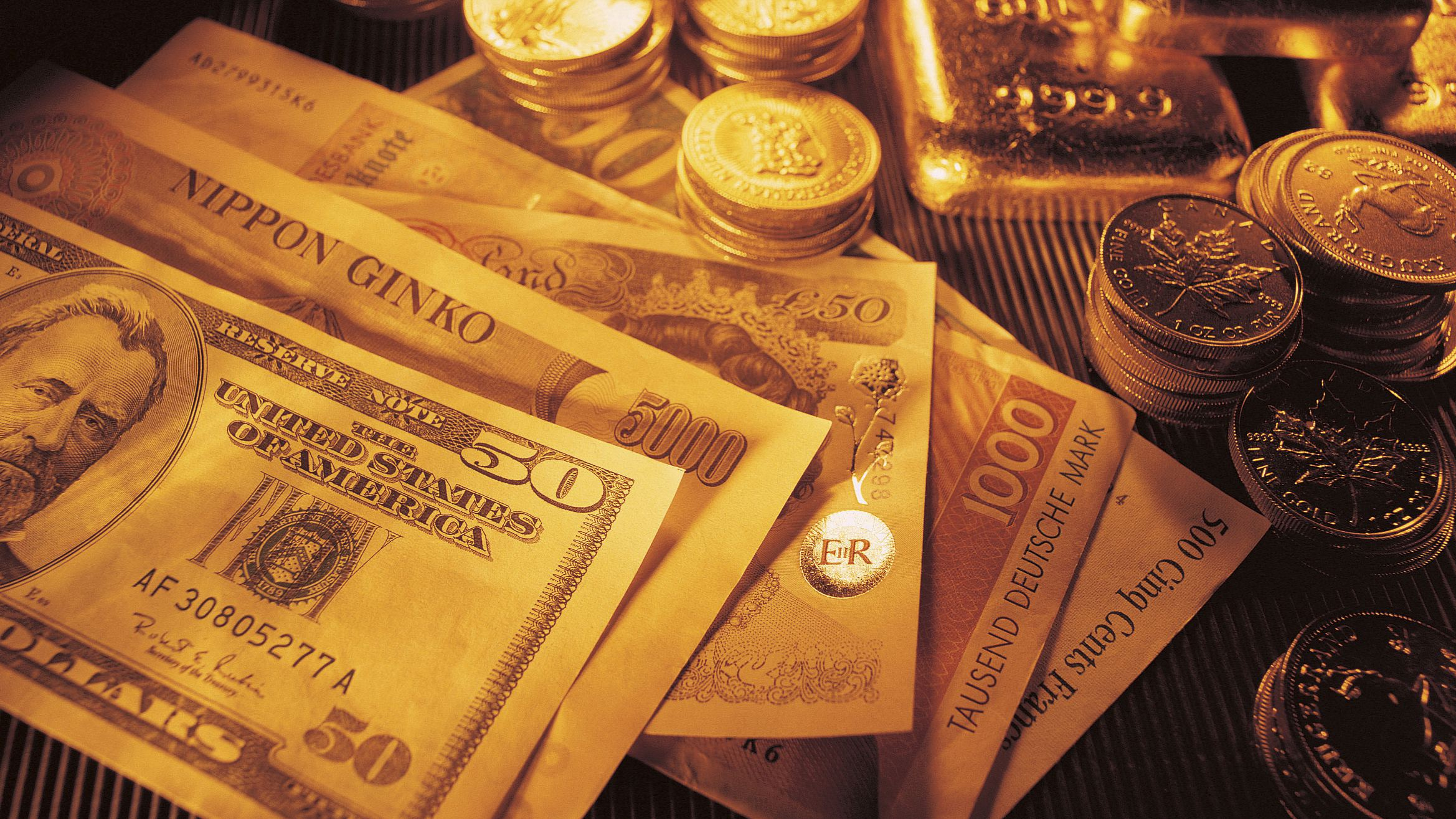
The China-U.S. phase one trade deal that requires a transparent monetary system and forbids competitive currency devaluation will not have a negative impact on the Chinese yuan on the long term, economists said.
Also, the new deal won't be anything close to the Plaza Accord that devastated Japan's economy through the depreciation of U.S. dollar against Japanese yen decades ago, the economists told CGTN.
The Renminbi is expected to fluctuate around a relatively narrow range in the short term after the singing of the deal, rather than moving strongly in any direction on the long term, said Wang Tao, head of Asia Economics with the UBS Investment Bank.
The Chinese yuan has risen to a five-month high in recent days as China and the U.S. finally concurred on the first phase of a trade agreement following a trade war lasting nearly two years. The central parity rate of the renminbi strengthened 109 pips to 6.8845 against the U.S. dollar on Wednesday.
Jimmy Zhu, chief strategist at Fullerton Research, told CGTN that the fluctuation of the Renminbi is driven by market fundamentals in the long run, so the trade deal will have limited impact. For example, major depreciation of the Renminbi in 2018 was mainly affected by negative market sentiment after the U.S. tariff hikes, he said.
Respect and transparency
The trade deal highlighted the principle of respect and transparency, with specific timeframes on the disclosure of financial data being stipulated. Zhu said that financial institutions can easily predict Renminnbi's exchange rate as China in 2015 established the central parity mechanism, which is already transparent.

The two countries should adhere to their commitments reached at the G20 summit.
The two countries should adhere to their commitments reached at the G20 summit.
Both sides should maintain a market-based exchange rate regime, strengthen underlying economic fundamentals and avoid intervention in exchange markets, according to the deal.
Regulation on the exchange rate in the deal echoed China's market-based exchange rate system and further strengthened its commitment of keeping the yuan's exchange rate basically stable, said Wang.
"The deal said both sides should abide by the regulations on exchange rate, which shows mutual respect and consultation," said Mei Xinyu, senior researcher at the Chinese Academy of International Trade and Economic Cooperation, Ministry of Commerce. Mei added that the U.S. has adjusted its attitude, which is different from its one-sided position during the 1960s to 1970s period when the international monetary system crisis happened.
In addition, the trade deal said the two sides will enhance cooperation in financial services to provide fair, effective, and non-discriminatory market access. It also conforms to the principle of mutual respect, Mei said.
On Thursday, the People's Bank of China strengthened the yuan by 38 basis points against the U.S. dollar, fixing the central parity rate at 6.8807.

China and the U.S. should not exert competitive devaluation in solving trade conflicts.
China and the U.S. should not exert competitive devaluation in solving trade conflicts.
The trade deal is no Plaza Accord
As for worries that the trade deal could jeopardize China's trade and economy as the so-called Plaza Accord in 1985 did to Japan after the U.S. dollar depreciated against the yen, experts have said there is no comparison between the two.
The trade deal said that the two countries should adhere to their commitments reached at the G20 summit in Japan, including refraining from competitive devaluation and the targeting of exchange rates for competitive purposes.
The U.S. on Monday removed China's designation as a currency manipulator, saying China has been fulfilling its commitment as part of the trade deal.
The current trade deal concerns reaching an agreement between the two economies in the protection of intellectual property and technology transfer, so the exchange rate is not a key issue to be discussed in the deal, said Wang.
The Renminbi exchange rate is in a reasonable range, and there will be no sharp appreciation. Also, the two sides agreed not to exert competitive devaluation in solving trade conflicts, said Wang.
The deal is different from that made between Japan and the U.S. as the central parity mechanism is transparent, and the two sides reached agreement on equal grounds, said Zhu.
Sun Guofeng, a central bank official in charge of the currency policy department, said at a news conference on Thursday that the Renminbi fluctuated against the U.S. dollar at a range of four percent in 2019, which is "up to international standard."
He said the recent surge in the yuan was related to China and the U.S. reaching a trade deal, and the central bank would keep an eye on its momentum as the positive impact may last a while.
Read more: China-U.S. trade dispute timeline: what happened so far?